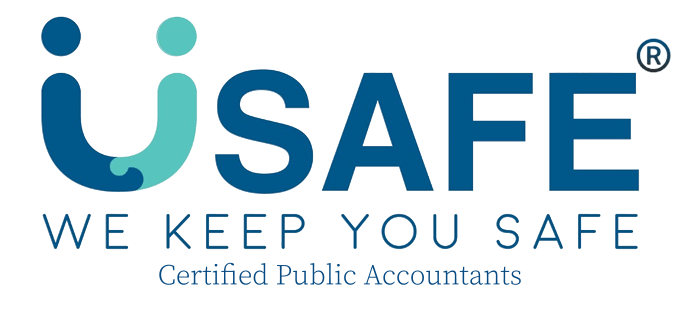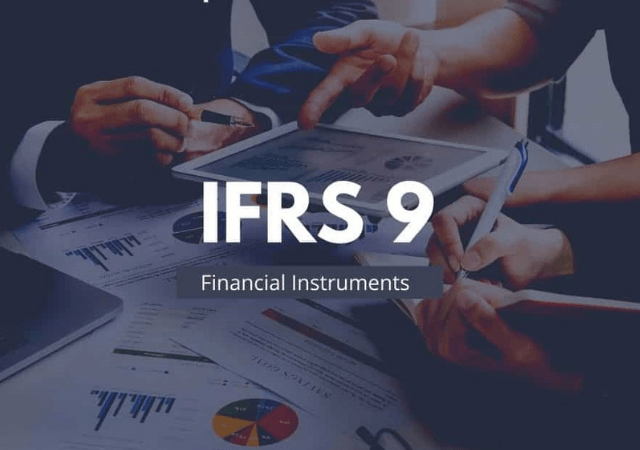Key Aspects of IFRS 3 Business Combinations in Singapore
Definition of Business Combination:
In the context of IFRS 3, business combination refers to an event where an entity obtains control over other businesses. Furthermore, control is defined as the power to govern the financial and operating policies of the acquiree. Usually with the aim of obtaining benefits from its activities.
Recognition and Measurement:
During a business combination, the acquirer determines the cost of acquiring the business at the acquisition date. This cost typically includes:
- The fair value of assets transferred to the acquiree
- The fair value of liabilities assumed by the acquirer
- Any equity instruments issued by the acquirer as part of the transaction
- The fair value of any contingent consideration, which is an obligation to transfer additional assets or equity interests contingent on future events
Goodwill and Bargain Purchase:
After determining the cost of the business combination, the acquirer compares this cost to the fair value of the identifiable assets acquired and liabilities assumed. Thus, if the cost exceeds the net fair value of these identifiable assets and liabilities, the excess is recognized as goodwill. Furthermore, goodwill represents the future economic benefits expected to arise from the synergies and other intangible assets of the acquired business.
Conversely, if the cost of acquisition is less than the net fair value of identifiable assets and liabilities, the acquirer recognizes a gain on bargain purchase directly in profit or loss.
Subsequent Accounting:
Following the business combination, the acquirer includes the assets and liabilities of the acquiree in its consolidated financial statements. Besides, these assets and liabilities are initially recognized at their fair values as of the acquisition date. Subsequently, goodwill resulting from the business combination is subject to annual impairment. In order to ensure that its carrying amount does not exceed its recoverable amount.
Disclosure Requirements:
IFRS 3 imposes detailed disclosure requirements to provide transparency about the nature and financial effects of the business combination. Disclosures typically include information about the assets acquired, liabilities assumed, contingent liabilities, and contingent consideration. These disclosures enable stakeholders to understand the impact of the business combination on the acquirer’s financial position, performance, and cash flows.
Conclusion:
IFRS 3 Business Combinations is a critical standard for entities engaging in mergers and acquisitions in Singapore. It ensures that business combinations are accounted for consistently and transparently, aligning with international accounting principles. By understanding IFRS 3, businesses can navigate complex transactions, assess the financial impact of acquisitions, and communicate effectively with investors and stakeholders.
USAFE’s Commitment
USAFE is dedicated to simplifying processes for our clients, allowing them to concentrate on their core operations. Our firm specializes in handling all aspects of corporate requirements, ensuring seamless compliance and accuracy in financial reporting. Besides, whether it’s conducting the audit, preparing relevant documentation, or liaising with regulatory authorities, we take care of it all. Moreover, we provide ongoing support and guidance to help clients navigate the regulatory landscape and optimize their financial reporting practices. Therefore, with our commitment to excellence, clients can trust in USAFE to deliver reliable services and support their long-term success.
Disclaimer: This article is for informational purposes only and does not constitute any professional advice. Feel free to contact us to consult with our professional advisors team for personalized advice and guidance.






